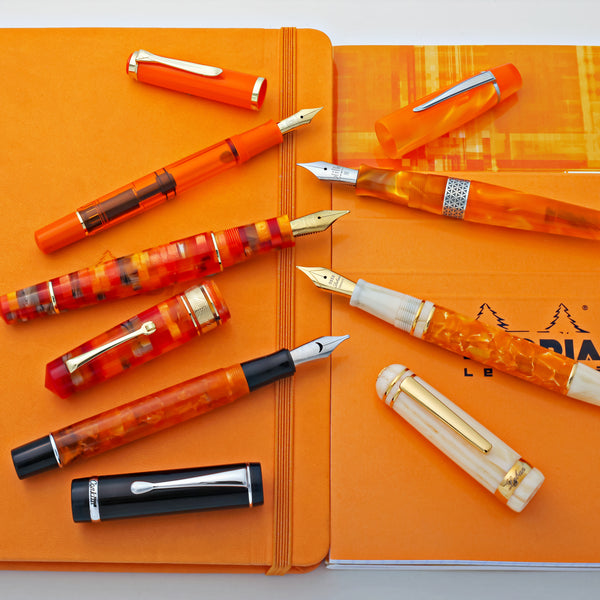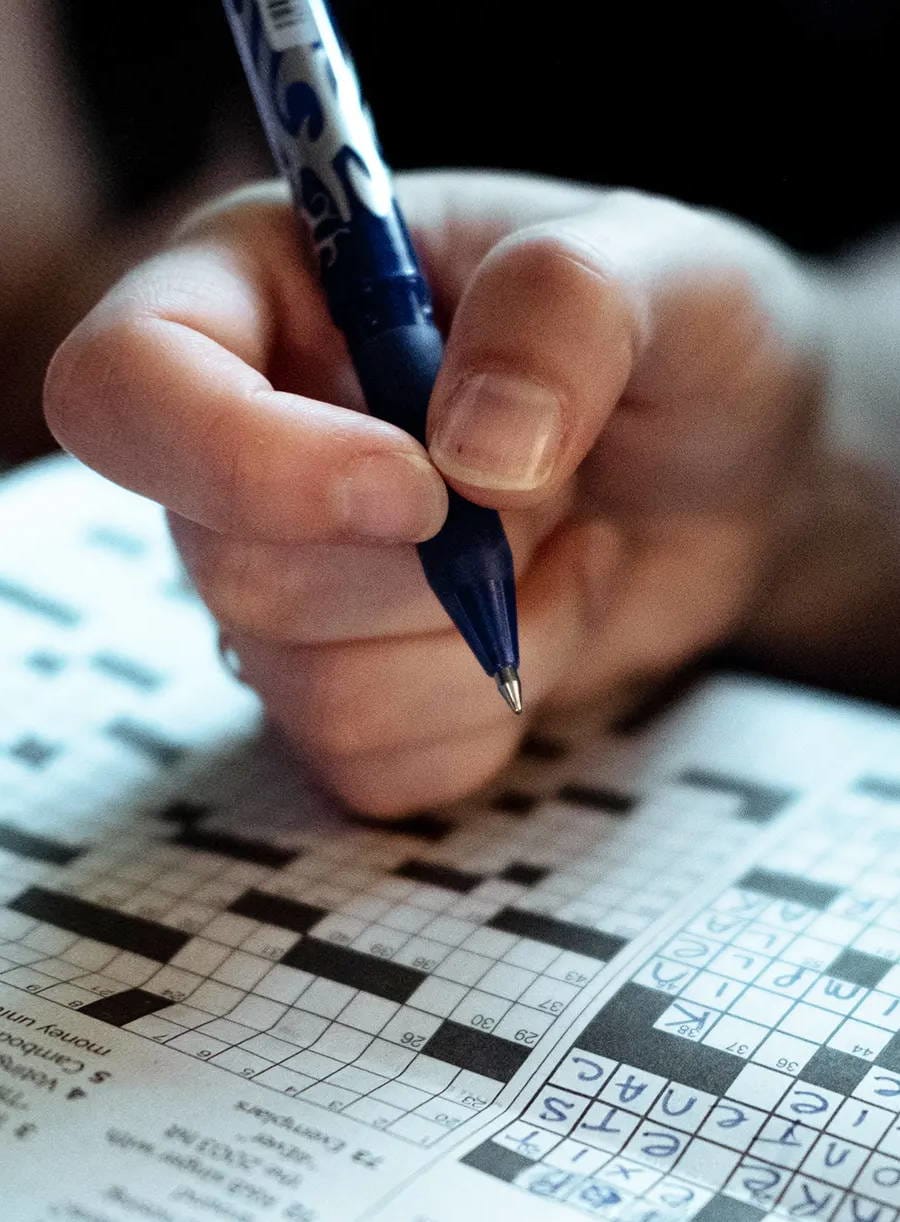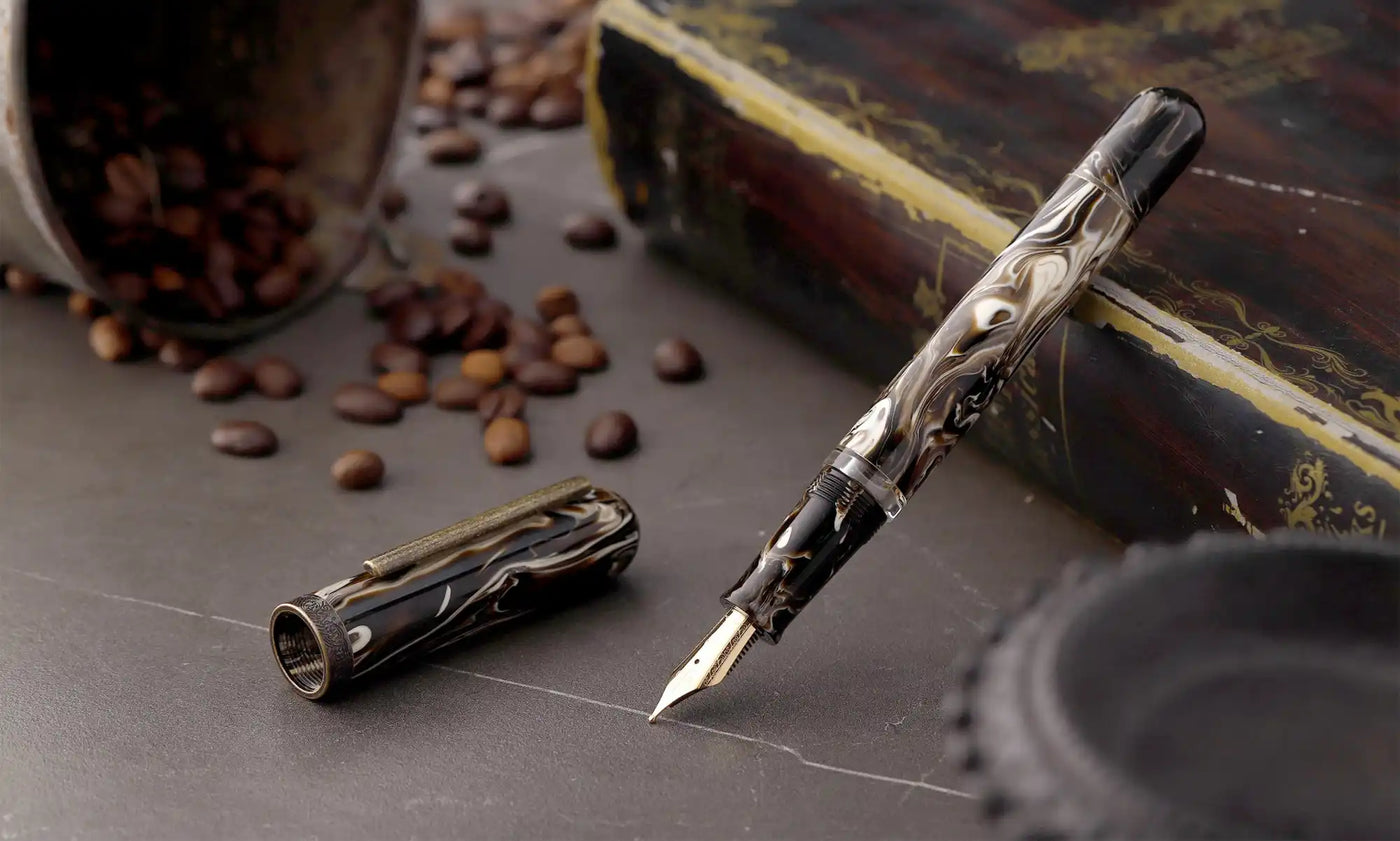Is a gel pen “write” for you?
Even with all of this information about gel pens, you may still be unsure whether gel pens are the right fit for you.
The simple answer? Yes, everyone should own at least one gel pen. While you may be attached to reliable old ballpoints, including some of the best luxury ballpoint pens 2025 has to offer, which serve you perfectly fine, or to more traditional fountain pens, which give a glamorous flourish to your writing, gel pens always have a place in a writer’s collection.
Gel pens combine the satisfyingly smooth writing experience of the fountain pen with the practicality and convenience of the ballpoint pen, and with even more to offer. The nature of gel-based ink is that it is water-proof, so it will not bleed through pages nor will it rapidly fade over time. The ink colors are pronounced and vibrant, which makes gel ink one of the most beautiful ways to write. The ink is also very quick-drying, which makes it suitable for left-handed writers who are prone to smudging, and to artists who use pens as an artistic medium.
Most importantly, gel pens are unabashedly fun. They are available in a seemingly infinite array of colors, not to mention to metallics, glitters, and other textured inks. Though gel pens certainly know when to be serious and professional (such as the classic black Pilot G2), the continued popularity of colorful, whimsical styles can make gel pens the perfect way to tap into your inner child.
Gel pens are truly one of the most, if not the most versatile writing instrument in existence, often considered the best note-taking pens. They are perfect for in-class note-taking, office sticky notes, sketching, bullet journaling, hasty scribbling – you name it. The gel pen is everything you may want it to be, and anything you may need it to be – it just goes with the flow.





